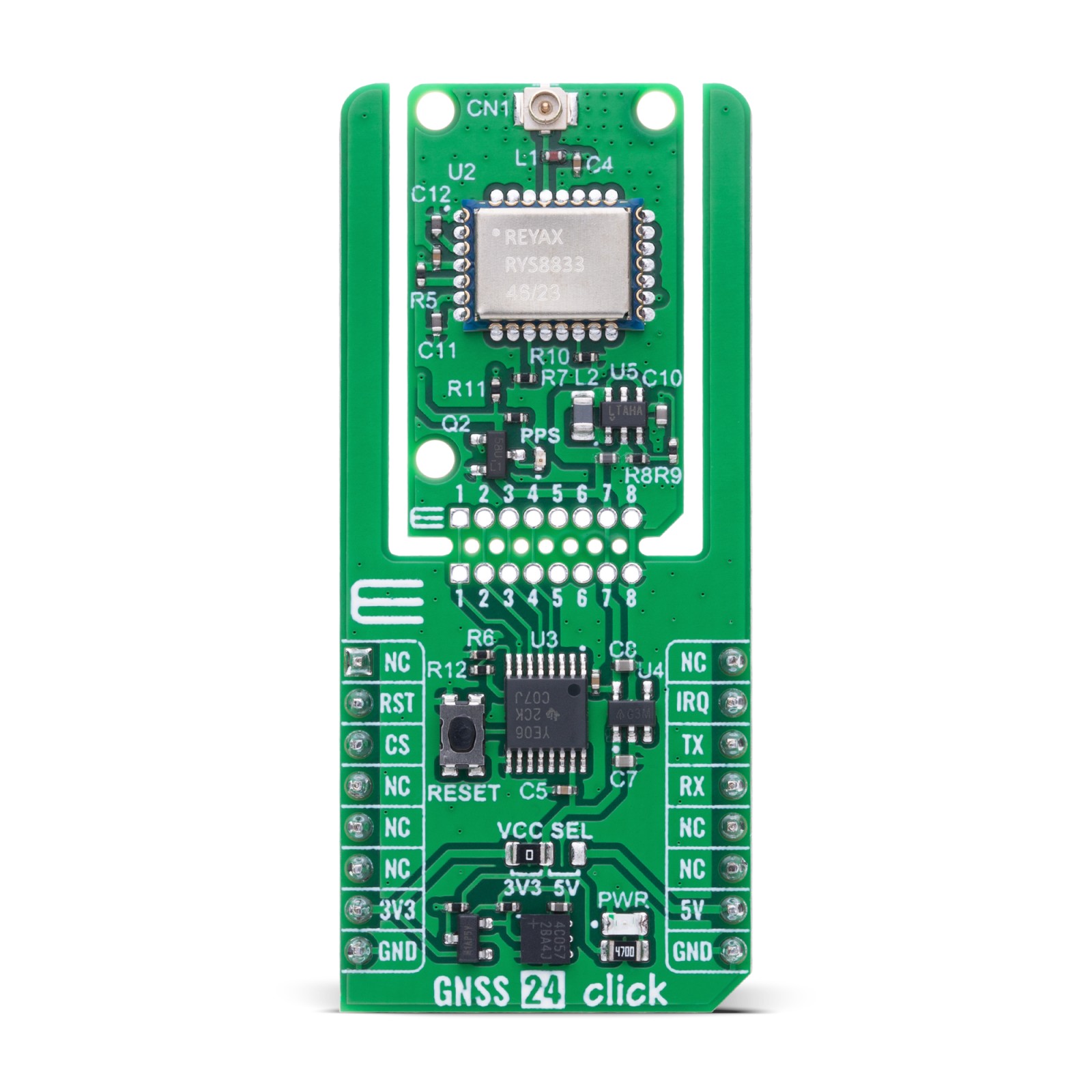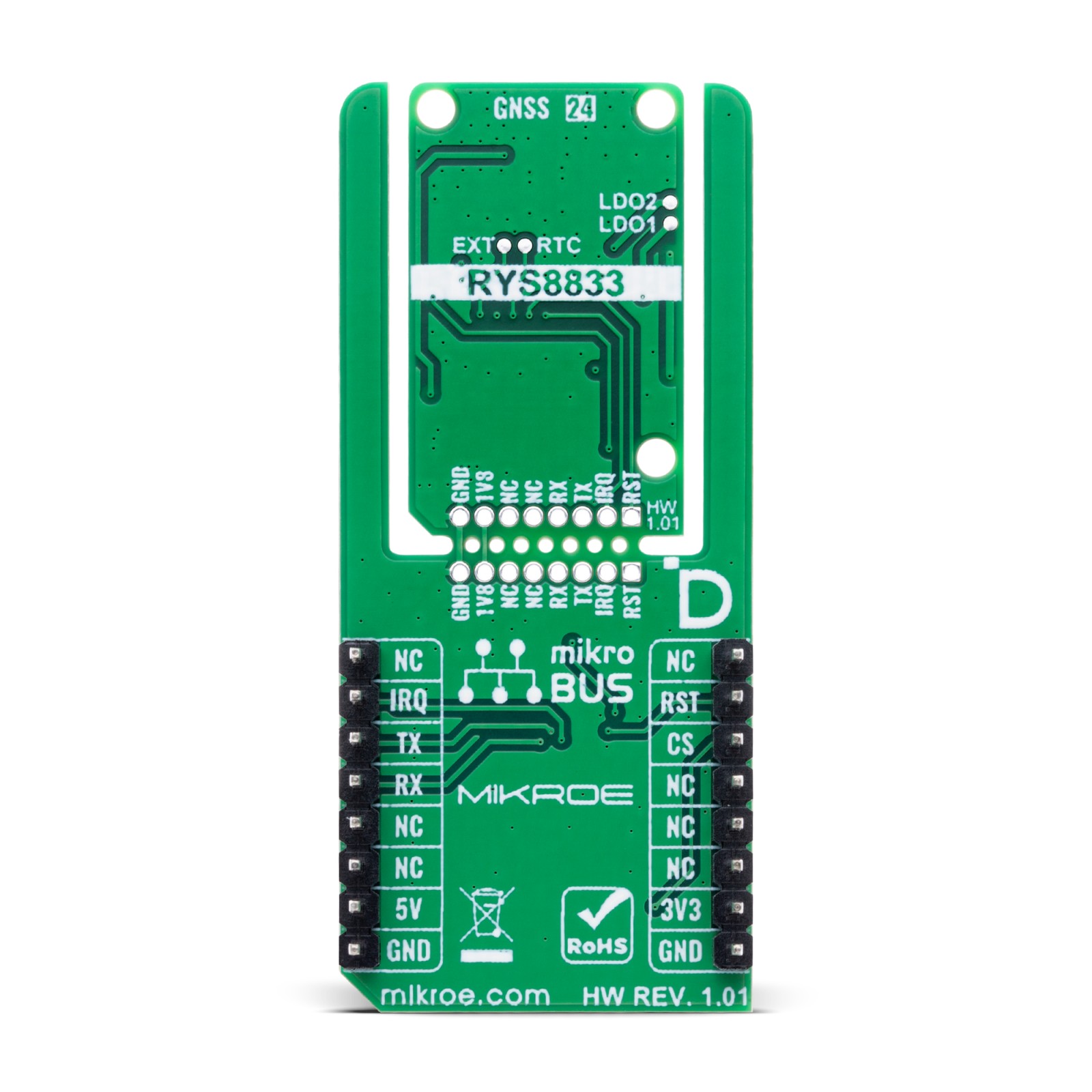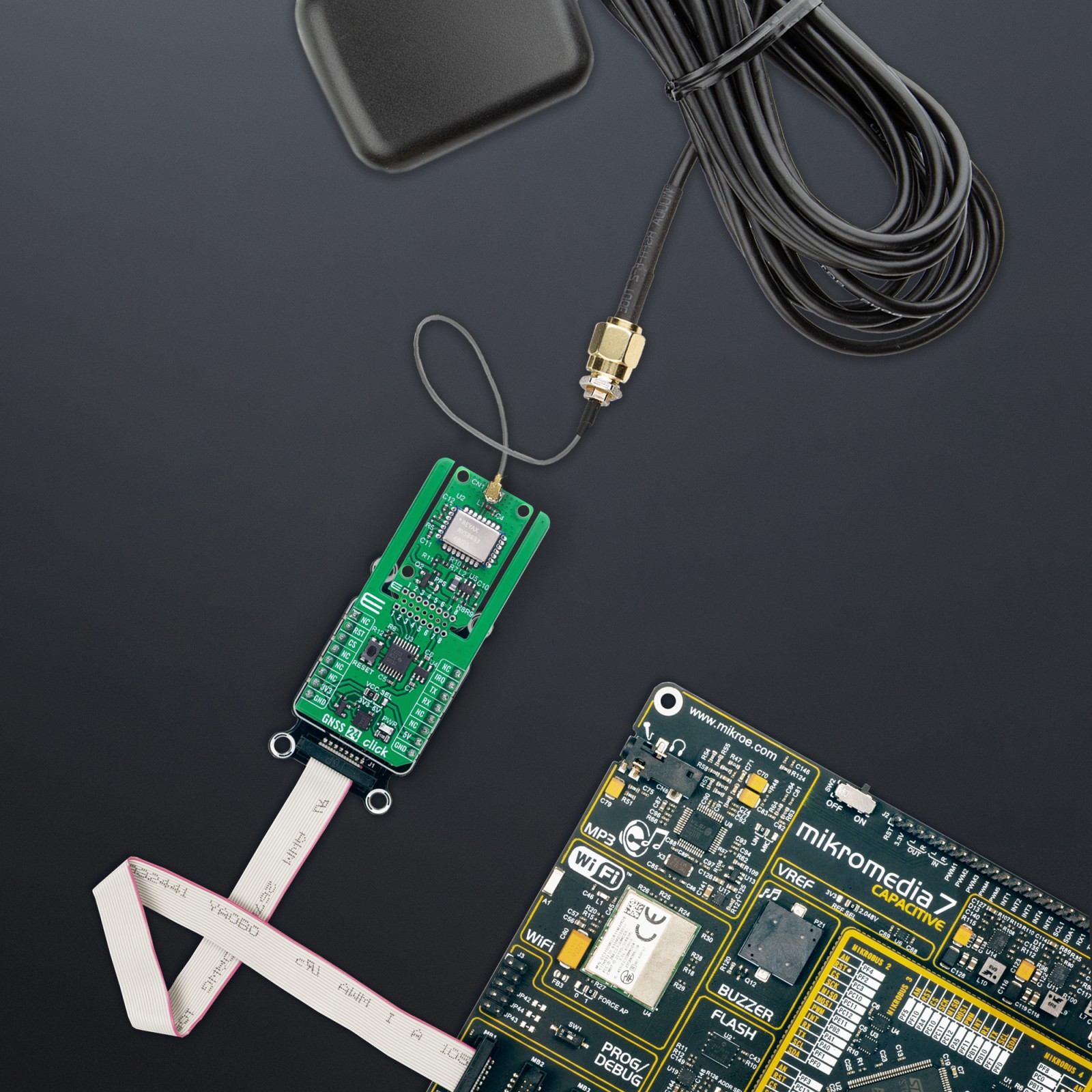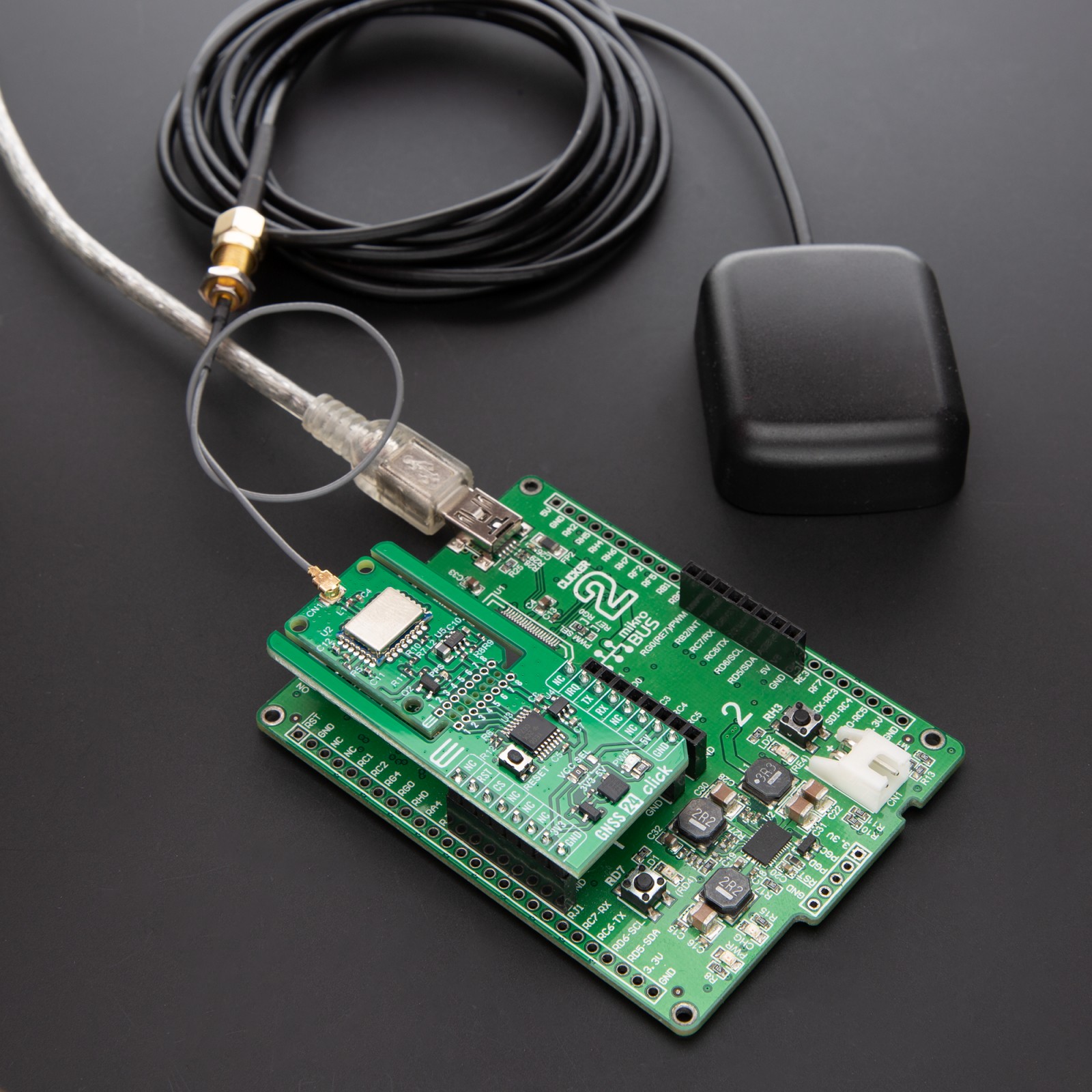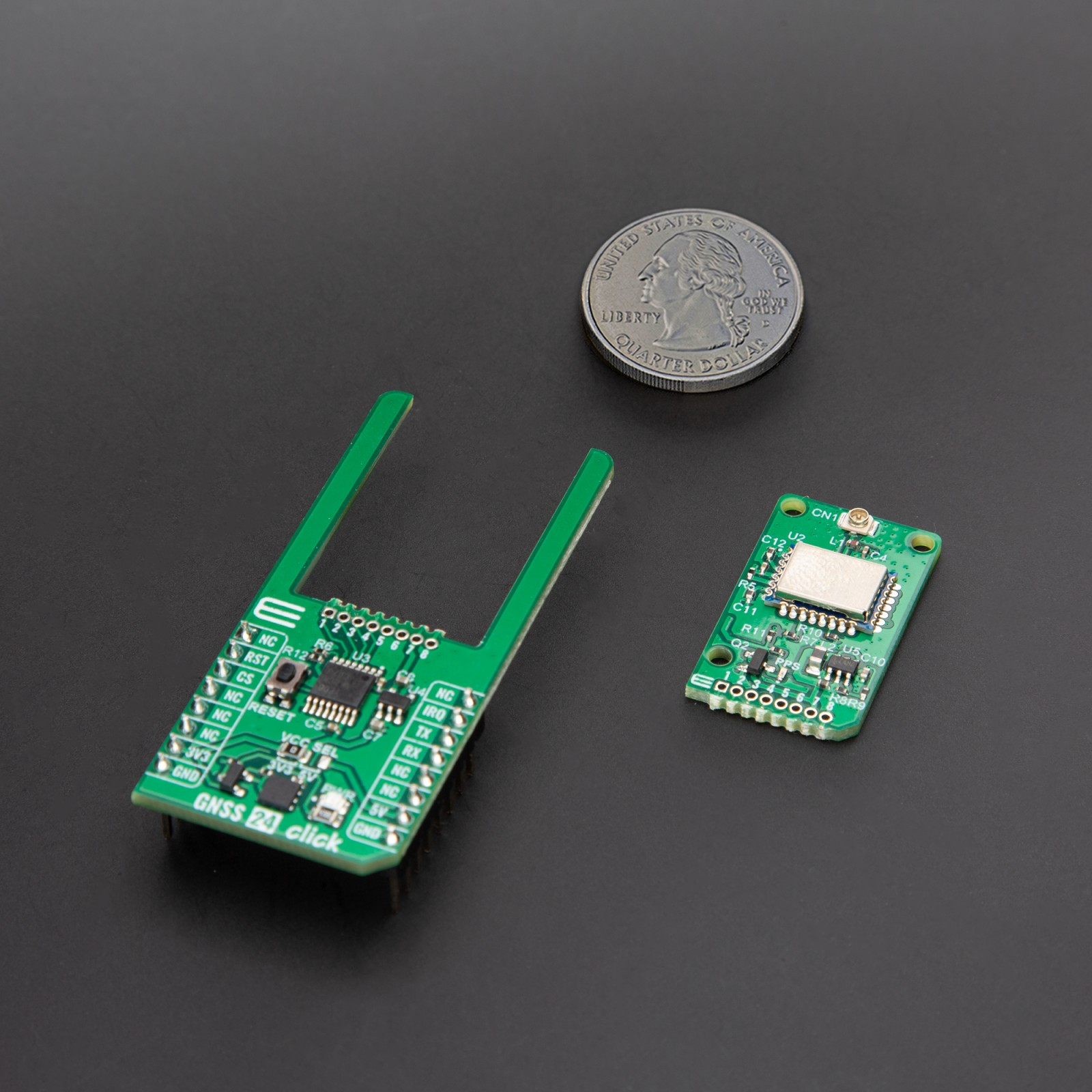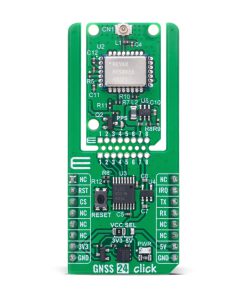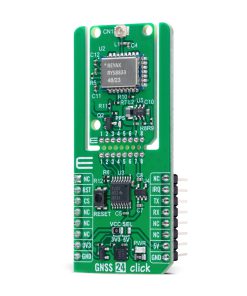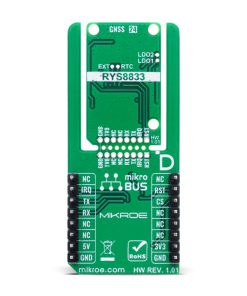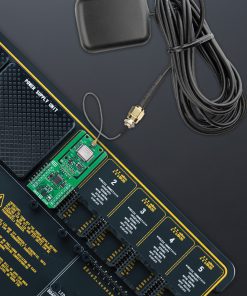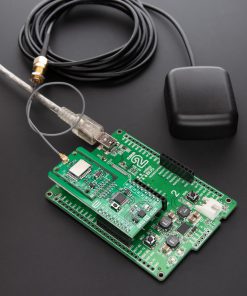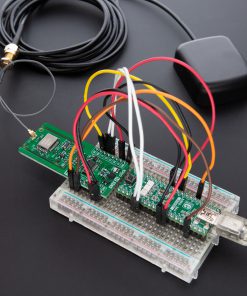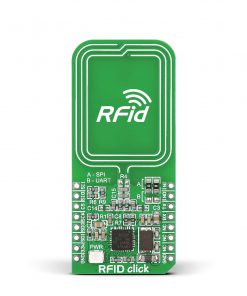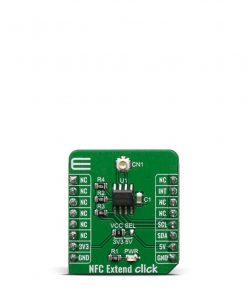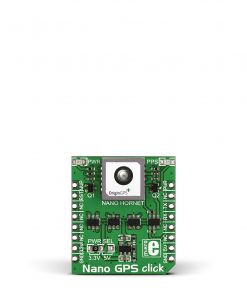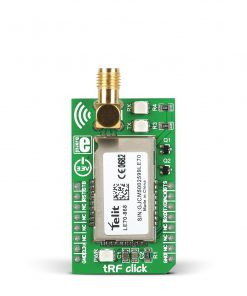-
×
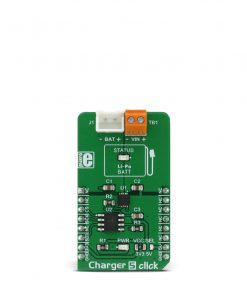 Charger 5 Click
1 × R319.50
Charger 5 Click
1 × R319.50 -
×
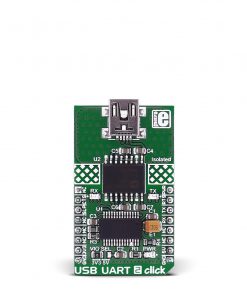 USB UART 2 Click
1 × R787.50
USB UART 2 Click
1 × R787.50 -
×
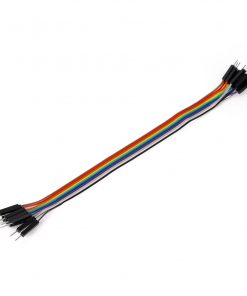 Ribbon Cable 10-wire, Male/Male, 20 cm
1 × R58.50
Ribbon Cable 10-wire, Male/Male, 20 cm
1 × R58.50 -
×
 MP3 Click
1 × R436.50
MP3 Click
1 × R436.50 -
×
 GSM Click
1 × R945.00
GSM Click
1 × R945.00 -
×
 GSM-GPS Click
2 × R1,215.00
GSM-GPS Click
2 × R1,215.00 -
×
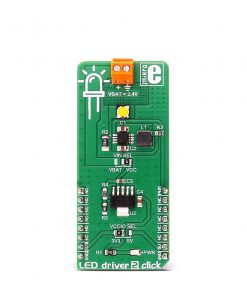 LED Driver 2 Click
1 × R301.50
LED Driver 2 Click
1 × R301.50 -
×
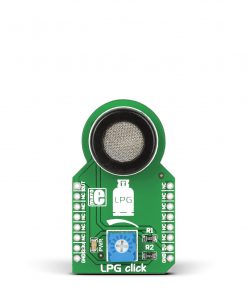 LPG Click
1 × R301.50
LPG Click
1 × R301.50 -
×
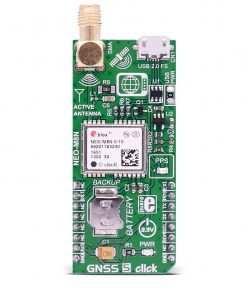 GNSS 5 Click
1 × R380.00
GNSS 5 Click
1 × R380.00 -
×
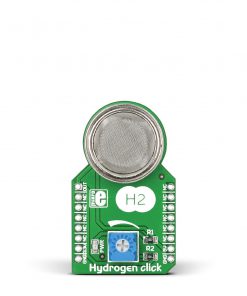 HYDROGEN Click
2 × R301.50
HYDROGEN Click
2 × R301.50 -
×
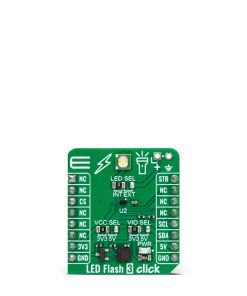 LED Flash 3 Click
1 × R234.00
LED Flash 3 Click
1 × R234.00 -
×
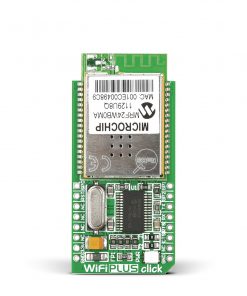 WiFi Plus Click
1 × R2,025.00
WiFi Plus Click
1 × R2,025.00 -
×
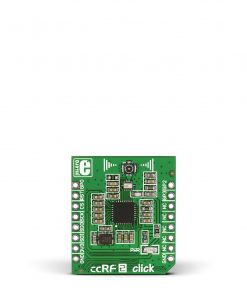 ccRF2 Click
2 × R720.00
ccRF2 Click
2 × R720.00 -
×
 Click Shield for Nucleo-64
1 × R787.50
Click Shield for Nucleo-64
1 × R787.50 -
×
 RN4678 Click
1 × R769.50
RN4678 Click
1 × R769.50 -
×
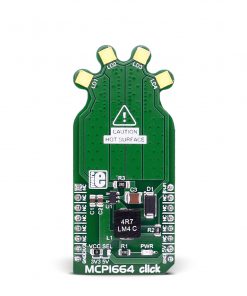 MCP1664 Click
1 × R517.50
MCP1664 Click
1 × R517.50 -
×
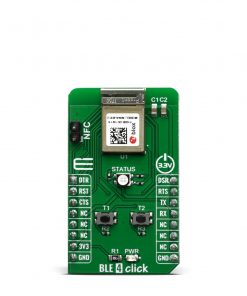 BLE 4 Click
1 × R738.00
BLE 4 Click
1 × R738.00 -
×
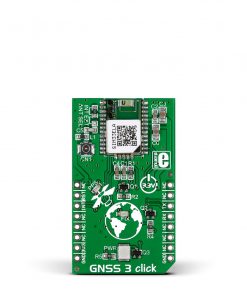 GNSS 3 Click
2 × R510.00
GNSS 3 Click
2 × R510.00 -
×
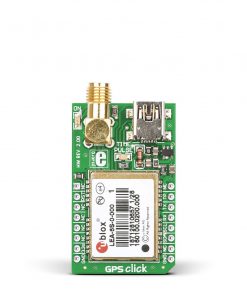 GPS Click
2 × R945.00
GPS Click
2 × R945.00 -
×
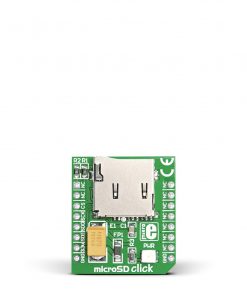 microSD Click
1 × R319.50
microSD Click
1 × R319.50 -
×
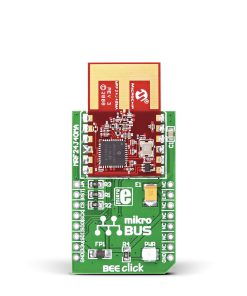 BEE Click
1 × R720.00
BEE Click
1 × R720.00 -
×
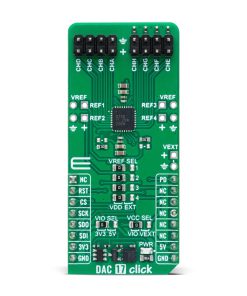 DAC 17 Click
1 × R670.50
DAC 17 Click
1 × R670.50
Subtotal: R17,694.50

